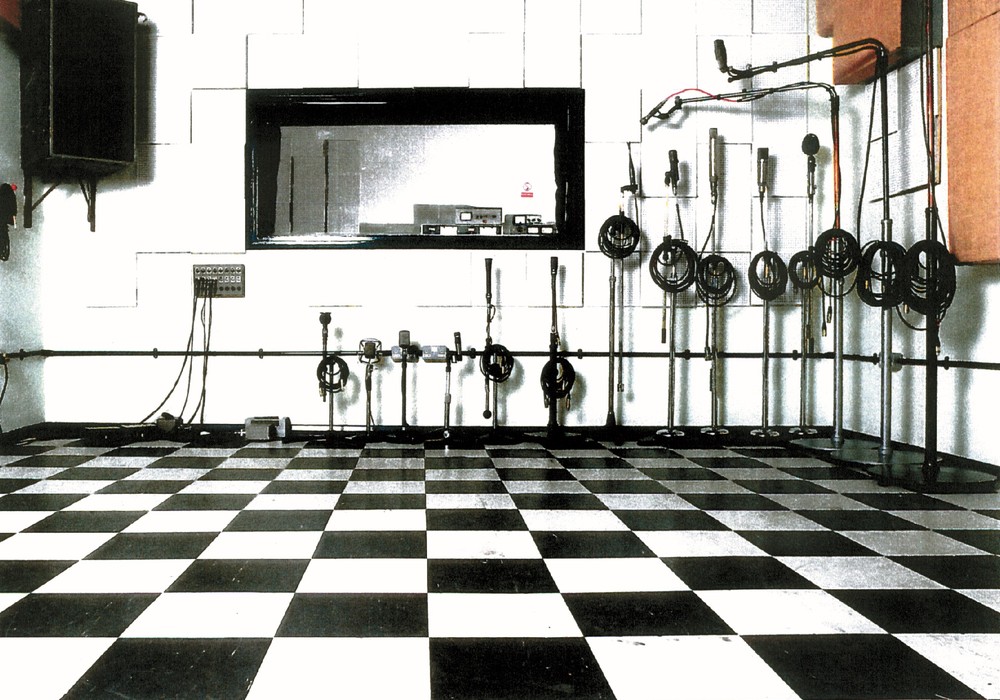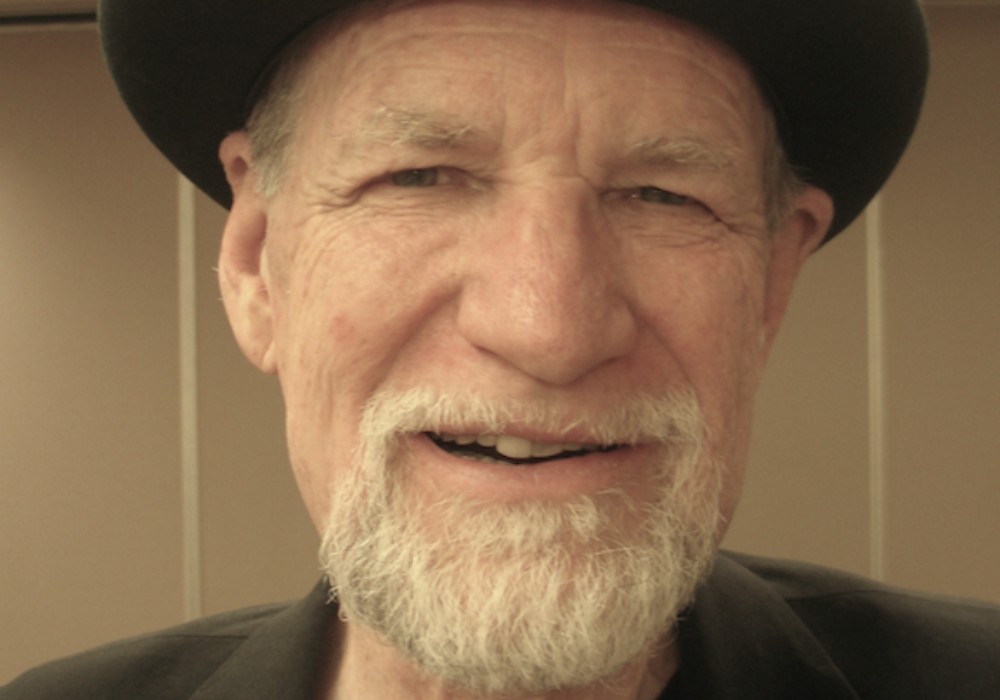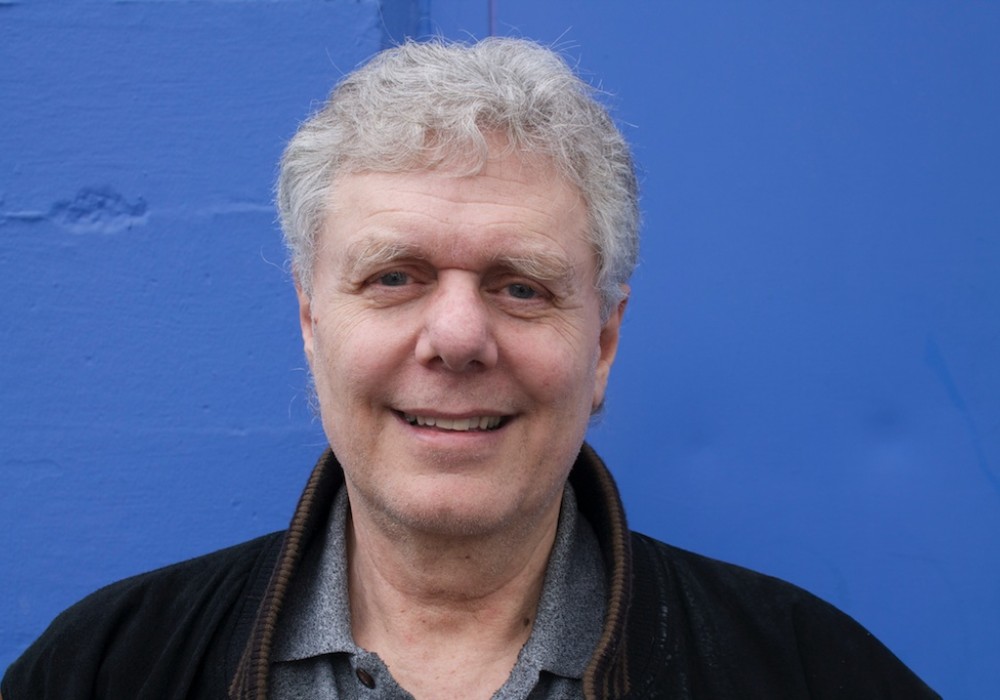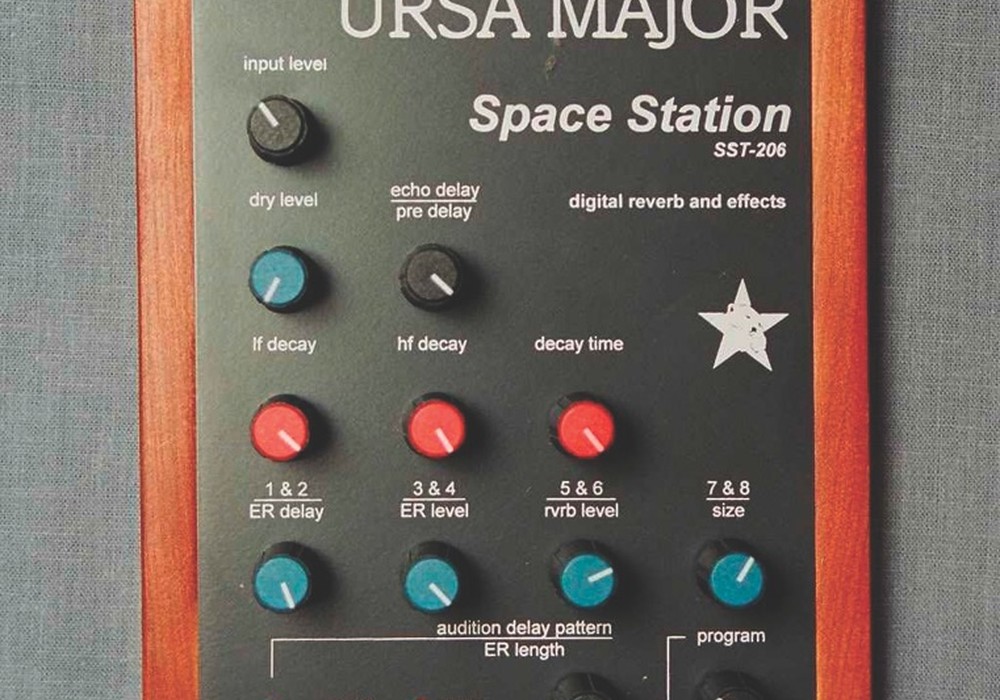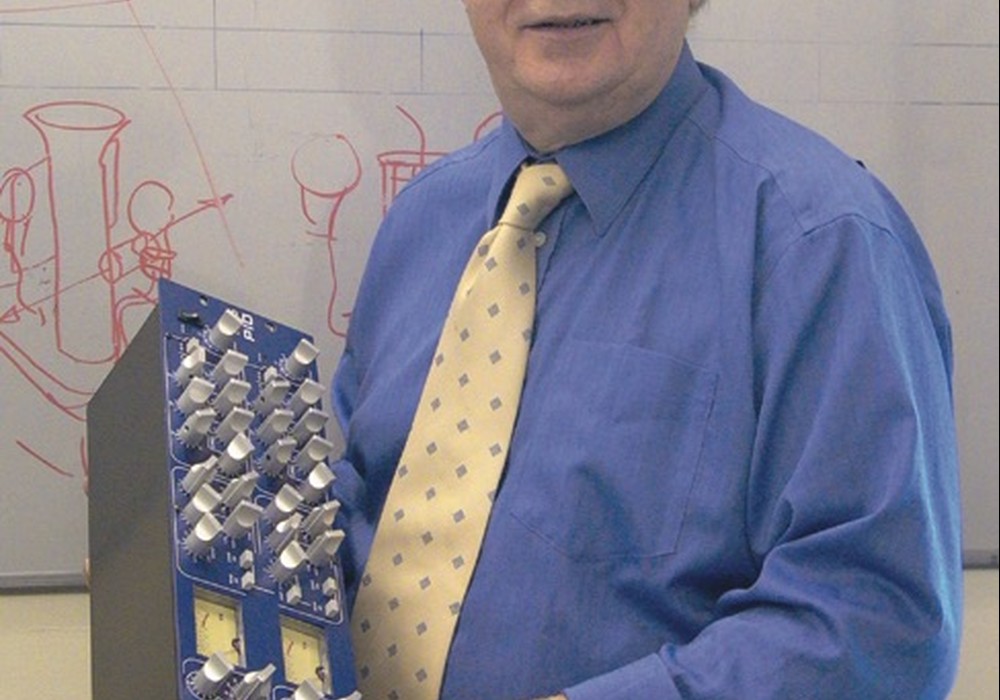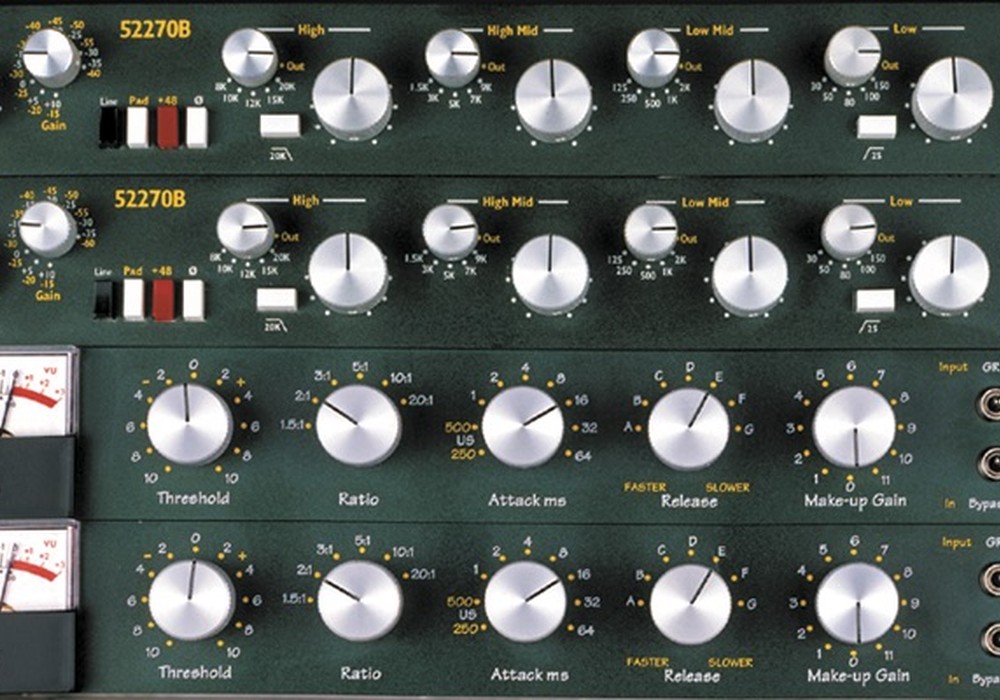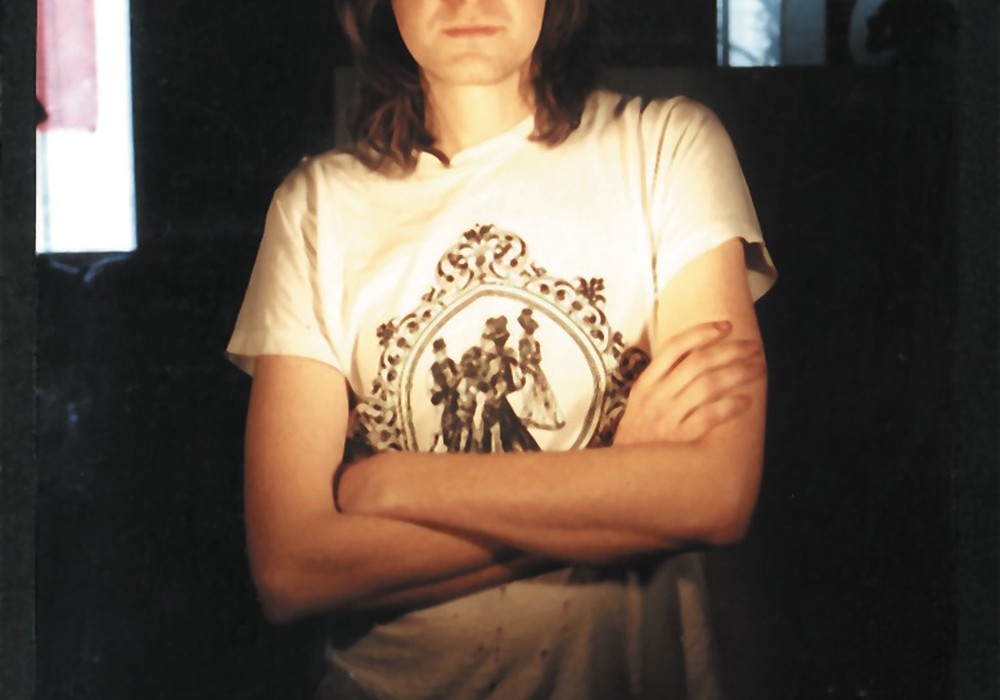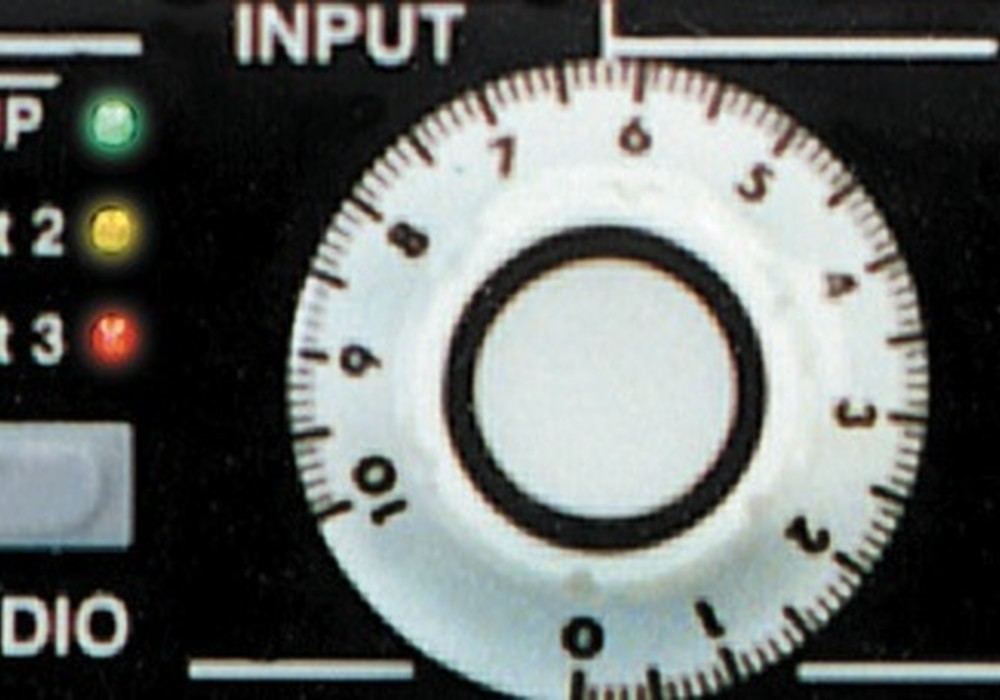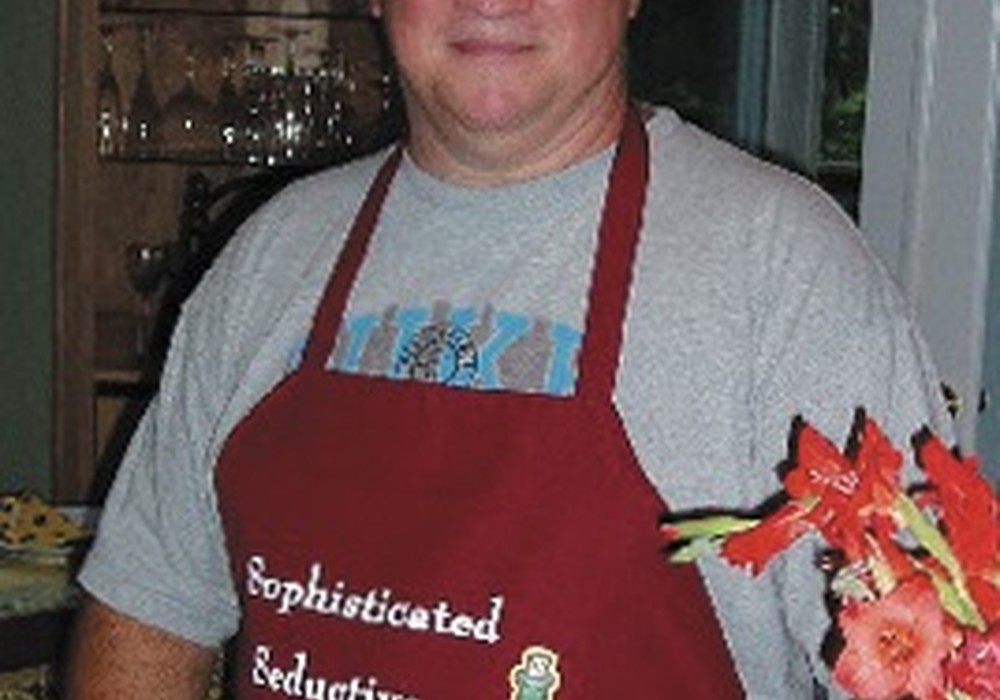Chris Regan of Soundwave Research Labs introduced me to Crowley and Tripp microphones (Soundwave Research Labs is the parent company of Crowley and Tripp). He explained that the company had been developing ribbon mics and testing them at area studios, gathering ideas and input from users. I asked Chris to bring two mics, the Studio Vocalist and the Proscenium, to Makeshift Studio for a trial, and invited a few friends to listen while singer/guitarist Milo Jones performed.
As Milo played I found the two Crowley and Tripp microphones to be right up there with my favorite ribbon mics, AEA and Royer. I was immediately impressed by their quality. Both mics had a big, smooth sound, were super solid and looked about the size of a can of Red Bull. Recently I visited Soundwave Research Labs in Ashland, Massachusetts to interview Bob Crowley and Hugh Tripp, the company founders. Before our interview, Bob spent a good hour showing me the lab and his experiments, including a fly's wing fixed to a transducer, then an oscilloscope that visually displayed the wing's reactance to a current of air.
Bob's love for ribbon mics started in the 1970s, when he and a group of friends from Newton, Massachusetts made live recordings of local acts like The Modern Lovers. Together, the friends had a collection of RCA mics that they came to know and trust. Over the years, in his research for developing ultrasound transducers for the medical industry, Bob visited and worked with some of the world's greatest microphone manufacturers. Now he has come full circle and is putting his experience and passion into creating the next wave of performance ribbon microphones, built in the Crowley and Tripp laboratory with the best materials possible. He and his partner Hugh are breaking new ground. The two are just beginning work on a ribbon microphone to be used specifically on kick drums and bass cabinets (long thought to be a no-no for the fragile ribbon element). In this microphone, the ribbon itself is composed of a group of carbon nanotubes that are arranged to form a super strong, tear-resistant material. Both Bob and Hugh have a huge appetite for learning, experimentation and sharing their knowledge. Both are expatriates of Boston Scientific, and Bob holds patents for over 100 inventions in music, ultrasound and life-saving devices. Crowley and Tripp's first mic, the Studio Vocalist, made its debut in 2004. The company now has five models. At the time of our meeting, Crowley and Tripp were just heading-out to show their newest mic, the Recordist, at AES in California. The Recordist will be sold in pairs for stereo and Blumlein recording.
I've tried your mics and really like them. How did you get started?
Bob: We wanted to provide a tool, which actually turned out to be an instrument. Our first microphone, the Studio Vocalist, came about because I was very interested in the human voice — it has a lot of complex qualities to it. And it wasn't sounding too good on some of the CDs of the '80s. I thought it was just me. I thought, "I just don't like vocals anymore, but I liked them back when I was listening to vinyl." It turned out that a lot of people shared the same perception that vocals, especially the "tizz" in a vocal, could really get to you after a while. I started looking into what was going on in the field that was designed to mitigate that. I saw that everybody was going on the quest for the ever-better microphone, going up the scale [to] the $5,000 and $10,000 condensers. So I looked into the physics. I asked, "Why does it sound that way?" We made a discovery: When you activate a diaphragm at very high frequencies, air molecules agitate behind the diaphragm. And there are lateral modes that move across the face of the diaphragm that contribute to the "tizz" sound. I thought, "Well, I guess we're not going to be making any condenser microphones," because the condenser microphone represents a hard surface that the sound works against, and the ribbon microphone is more like a heart valve that moves with the flow — more like vocal chords themselves, which are designed to work with the air and couple to the air. If you've ever noticed seaweed just right at the shore, it just wants to follow the motion of the wave. That's the way that the ribbon likes to perform. We look to nature [for design ideas] because we're dealing with the natural body. We're dealing with the creative output of human beings. It's an organic thing that that has a natural component to it. What is naturally lightweight and is designed to work with air? You can look at a leaf, or a blade of grass or you could look at a fly's wing. This is a potential model for a type of transducer. So, we started looking at ribbons as sort of the main feature, an opportunity. We saw that there had been a lot of interest in that area. We asked, "If ribbon mics are so great, why aren't people using them?" The answer was that they were fragile, they had low output and they sounded dark. What if it was robust, had a higher output and a curve that matched what you wanted to do — like a vocal curve with a bit of a rise to it? A rise in response so that the vocal stands out. We went around and looked at the old and new ribbon microphones and saw that they all required tons of gain on the preamps. So we emulated the output level of a [Shure] SM57, without having to add an [internal] amplifier and without adding noise. That was one of the most difficult parts of the development. But it was a part of the development that I knew we could do, because we had worked with really, really tiny ultrasound transducers. That was the problem with those — getting enough signal so you could image the human heart. Then we were left with tone. "What are the tone options?" Some wanted a really rolled-off response — that's what the Proscenium is. It's intentionally designed to have that old-school, ribbon response like an RCA 44. We did the Proscenium and the Soundstage Image simultaneously. We could go darker and smoother, and we could go in the middle so it was accurate. We put the Soundstage Image in the middle for people who wanted something that was useful for a variety of things and also good at a distance. Then we added one more mic, the SPLx custom-build mic. If you have a lisp or you have a real hissy sibilance or a nasal sound, we can work directly with the artist. The SPLx can be made...
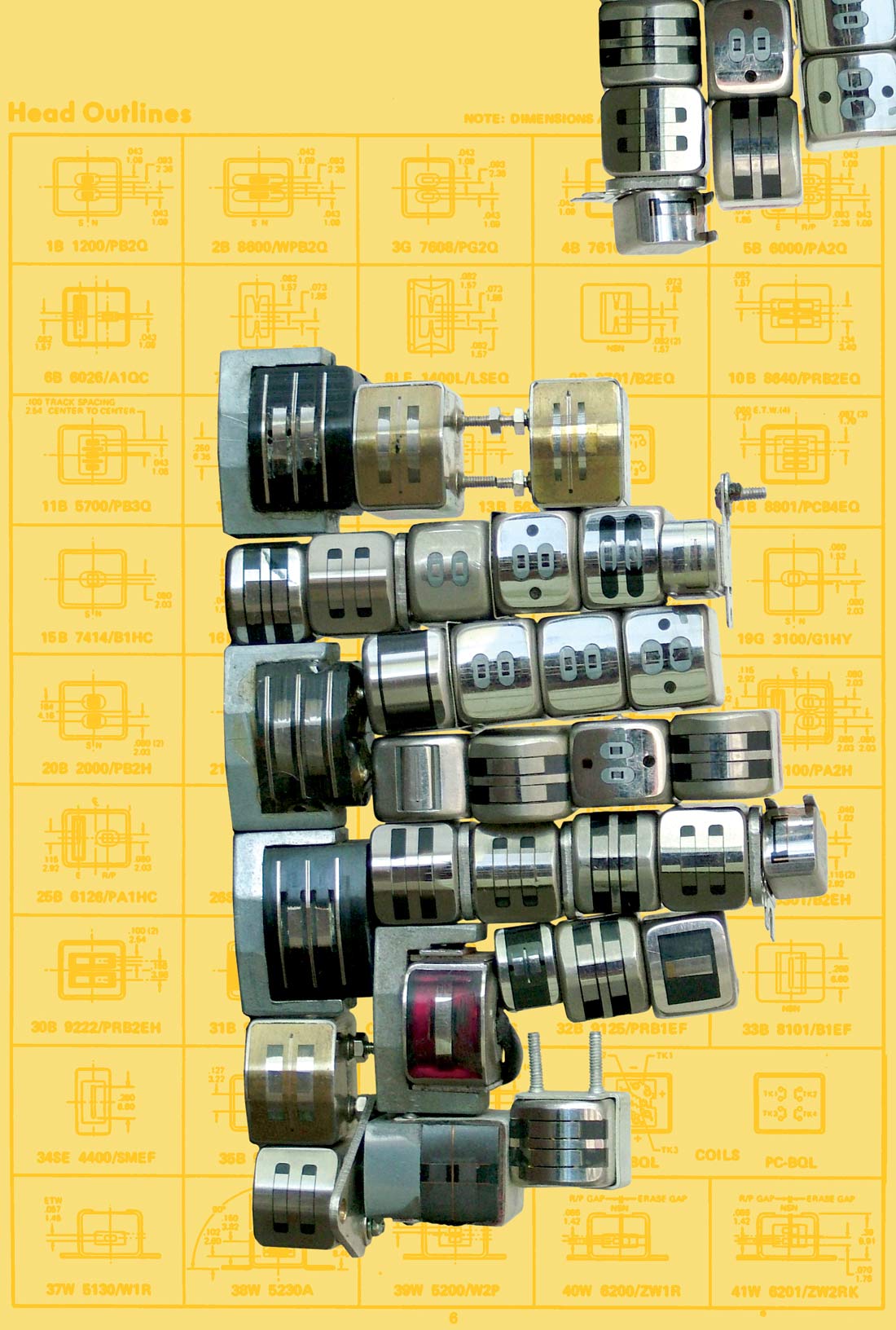

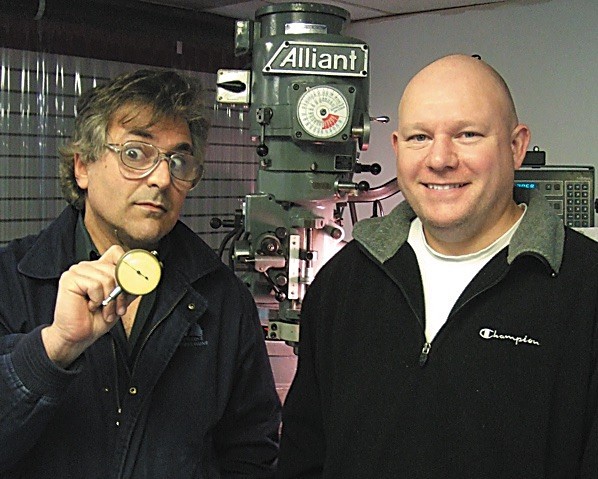


_disp_horizontal_bw.jpg)
